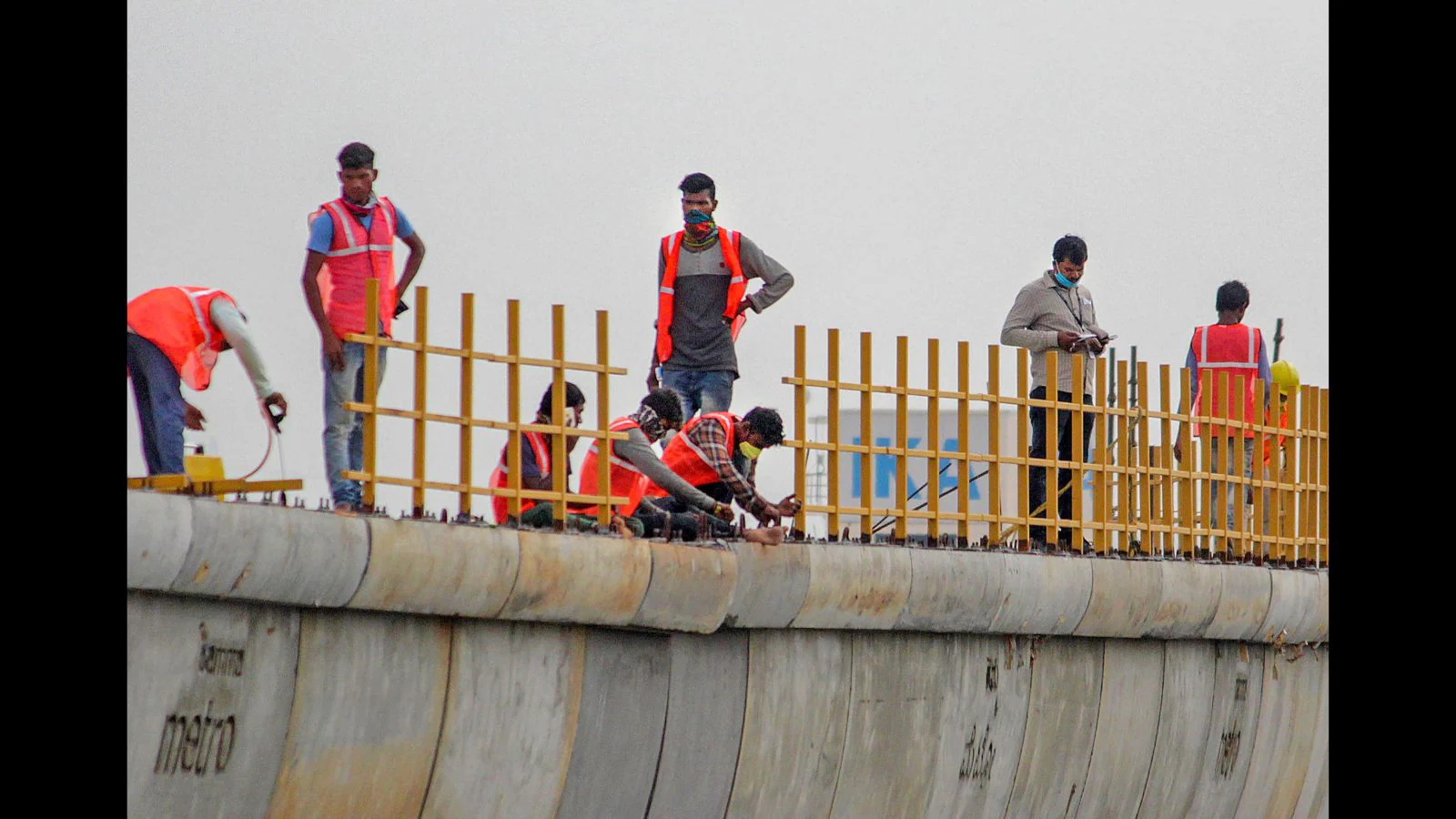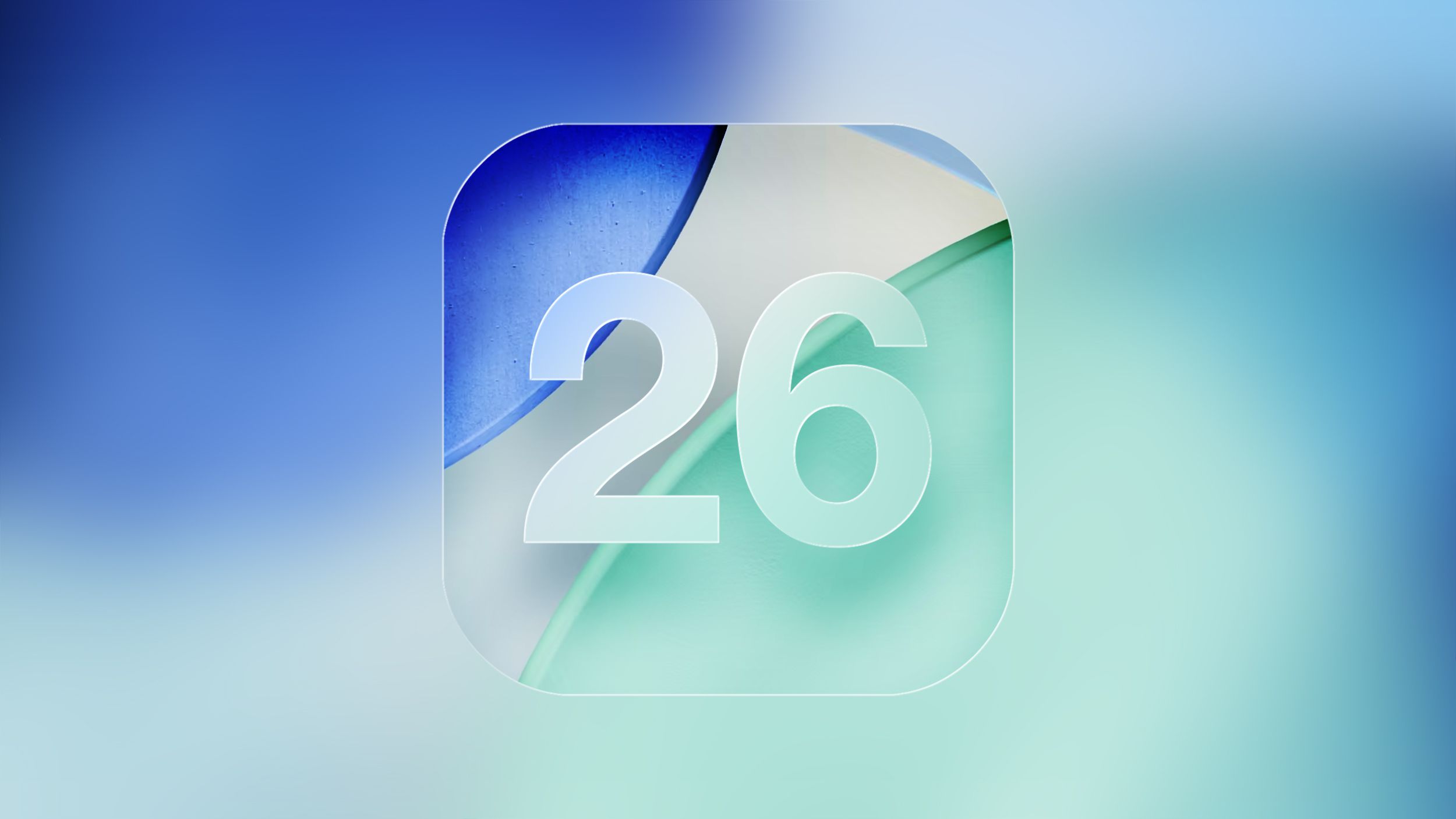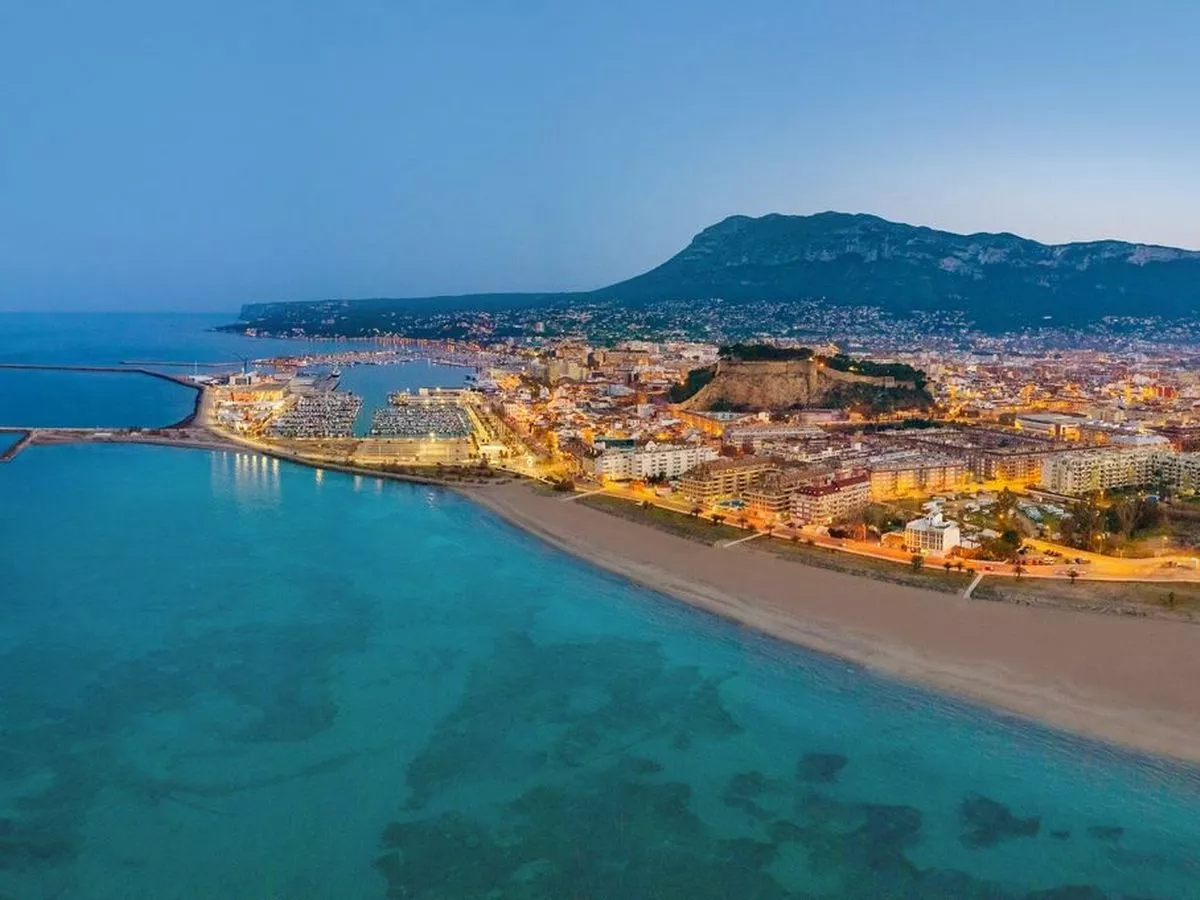Blue Line Bottleneck: Why Namma Metro’s Vital Stretch To Bengaluru Airport Is Stuck In Transit
By Apoorva Misra,News18,Rohini Swamy
Copyright news18

With the Purple, Green and Yellow Lines operational, what Bengaluru really needs is the Blue Line—the long-promised corridor from Central Silk Board to Kempegowda International Airport (KIA). However, like much of Namma Metro’s story, it has been a saga of shifting deadlines. Originally expected to be completed in four years, the Blue Line has now been pushed to late 2027—if all goes well.
For Bengaluru’s tech hub and airport-bound travellers, the Blue Line is more than just another Metro stretch. It is the backbone that could redefine how the city moves. But with each delay, the frustration deepens because this is the one line the city cannot afford to wait for.
The Blue Line’s project journey goes back to 2016, when the Detailed Project Report (DPR) for Phase 2A was first submitted. Approvals came in 2017 and 2019, but actual construction began only in late 2021. Since then, Bengaluru has watched promises slip: first 2024, then 2026, and now 2027.
The Blue Line is planned to be a 58.19-km uninterrupted stretch, split into Phase 2A (Silk Board–KR Pura, 19.75 km) and Phase 2B (KR Pura–Airport, 38.44 km). It will cut through some of the city’s worst traffic bottlenecks along the Outer Ring Road (ORR)—the tech hub’s most congested corridor—and provide a seamless link to India’s third-busiest airport.
The Blue Line is being built as a future-ready corridor, with two dedicated stations inside the airport premises—an Airport City station at the ground level and a semi-underground Airport Terminal station positioned just metres below the surface. Trains on this stretch will be driverless, equipped with luggage racks and enhanced safety systems to cater specifically to air travellers.
The Blue Line will be one of Namma Metro’s largest corridors, with a total of 30 stations along its 58.19-km stretch. Phase 2A, running from Central Silk Board to KR Puram, will have 13 stations, while Phase 2B, the airport link from KR Puram to Kempegowda International Airport, will add another 17 stations, including two inside the airport premises.
At a cost of Rs 15,131 crore, it is the most ambitious of Bengaluru’s Metro projects, and arguably the most vital for a city drowning in traffic chaos.
This makes the Blue Line not just the city’s longest uninterrupted metro corridor but also the most crucial, connecting Bengaluru’s busiest tech corridor with India’s third-busiest airport.
Why It Matters
Unlike the Purple Line (2011) and the Green Line (2015), which gave the city its first taste of urban rail, or the delayed Yellow Line, which crawled to launch in 2025, the Blue Line is different. It directly addresses Bengaluru’s most critical pain points: the ORR tech corridor and the long, traffic-choked ride to the airport.
While the Purple and Green Lines have shown how connectivity from west, central and east Bengaluru has eased travel for people, the Blue has another major expectation—the ease of taking people to the airport. In cities like Chennai, Kolkata and Kochi, where the Metro stations to the airport terminals have helped passengers tremendously, this undue delay has definitely hurt Bengaluru’s mobility.
Why the delays?
Work on the Blue Line began in September 2021 with a December 2024 deadline, and was billed as a faster project thanks to U-girder construction and land earmarked earlier for the shelved BRTS and high-speed rail. Yet, progress has been patchy.
As of June 2025, BMRCL says Phase 2A is likely to open partially by September 2025, but Phase 2B to the airport has been quietly pushed to 2027. Airport stations themselves—designed separately by Bangalore International Airport Limited (BIAL)—are still under construction, with an underground terminal station planned just metres below the surface.
A parliamentary committee report in 2022 had already flagged why Bengaluru Metro on the whole has consistently failed to meet ridership and project deadlines: land acquisition hurdles, traffic diversions, underground water table issues, tree clearances, environmental permissions, encroachments, and technical snags. The Blue Line has faced all of these, and more. A nine-month suspension in 2023 after an accident at HBR Layout only added to the delays for the Blue Line.
Meanwhile, Phase 2 of Namma Metro as a whole—cleared in 2014—is still only half done more than a decade later. The Purple Line started with just 6.7 km in 2011 and has since added barely 70 km in 13 years. The Green Line was bogged down by land issues. The Yellow Line lost years waiting for trains and now is facing delays between coaches.
Bengaluru Metro’s ridership trends show how critical each corridor has become to the city. The Purple Line, which runs east-west, now carries over 4.5 lakh daily riders on average, while the Green Line, cutting north-south, sees close to three lakh. The newly inaugurated Yellow Line, connecting RV Road to Bommasandra, added more than 52,000 commuters on its very first day in August 2025, pushing Namma Metro’s overall daily ridership past the 10-lakh mark.
On peak days, such as during the Royal Challengers Bengaluru celebrations when the team came to the city in June, the Metro footfall touched nearly 9.7 lakh on one single day. These numbers reflect both the growing dependence on the Metro and the urgency of completing the Blue Line, which is expected to further transform Bengaluru’s commuting patterns.



